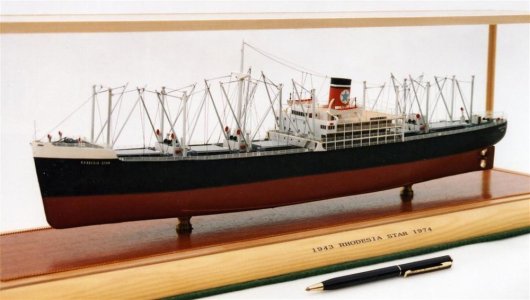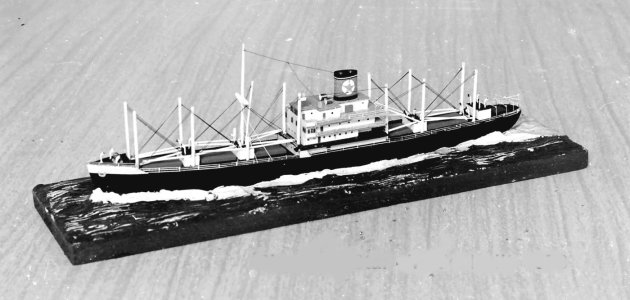this topic has morphed into an entirely new subject. We have established trying to do TV or You Tube documentaries is beyond us but it is done by others.
let's keep going it is very interesting.
i do not know who wrote this or the original source, i found it in Harold Hahn's library. but i am posting it here as fair use. It could have been a letter to Harold because he did respond, or part of some article. I do know Harold was criticized for his framing style so perhaps it is referring to his work.
Those who would elevate ship modeling in the public’s estimation render their community a disservice when they loosely label models “to museum standards” when they actually intend to indicate that these are the products of high quality research, craftsmanship and artistic sensibility. Museum curators, gallery owners, and professional ship modelers would be well advised to seek out a more accurate label, such as “historically accurate” and learn to be rigorous in its application.
Two issues underlie the current debate in ship modeling circles about “museum quality”. One is the question of standards of construction, and revolves around the longevity of materials and accurate correspondence to contact construction drafts. Several organizations have published comprehensive though mutually contradictory standards. I personally would not agree that the resulting models are not necessarily built to museum standards of detail.
The second and, I consider, more serious issue is that of historical accuracy. Far to many so-called “museum quality” models, although built of the finest materials and to the highest standards of craftsmanship, exhibit gross historical errors. Often this results from too readily accepted apparently authoritative secondary sources as definitive. Producing a historically accurate model demands extensive research and the careful evaluation of the raw data, this is the distinction between history and antiquarianism.
The second enemy of historical accuracy is the monster we in the ship modeling community are creating ourselves. We are dangerously close to elevating an arbitrary artificial convention, the inappropriately termed “Admiralty board” style model, to the position of being the standard of excellence for our craft. The plank on frame technique produces extraordinarily attractive models which look very difficult to build. It is, however, only a technique and its use does not automatically confer historical accuracy, which, in a framed model, will result solely from the use of the construction method employed by the prototype.
I have never seen a plank on frame model of a late 18th century schooner or British war ship whose intermediate frames were depicted as unattached futtocks or “chunks” yet maritime archaeology tells us that these vessels were so constructed. Similarly, there are far to many models of Santa Maria constructed with double sawn frames, a construction method that was not introduced until 350 years after she was wrecked.
Those in our community who tout the virtues of what they loosely describe as “admiralty board” style models are usually guilty of two grievous sins, they ignore the fact that models built for the board of admiralty radically changed between the mid 17th and 18th century, so there is no such animal, and they dare to aver that a model built with an incorrect framing pattern and treenailed so that it seems to have been sprinkled with pepper demonstrates anything more than that its builder has mastered a particular technique. Such models are not historically accurate and therefore are automatically debarred from being described as built “to museum standards”.
The consequence of the dominance of an artificial convention and a ready reliance on limited research is that we are in danger of misleading our audience, which will backfire on us, and diminish our chances of elevating our standing in the public esteem. We cant not knowing praise what we know to be in error and expect to be immune from the backlash when our audience discovers it was duped by models misleadingly labeled.
In a crude way I got to say the person who wrote this is full of Sh**. First of all he has really no idea of whats in museums. There are many solid hulls built to very high standards of craftsmanship. But because they are not built correct they have to be barred as “museum quality” they lack historical correctness in hull construction.
The basic thing being said here is we as model builders have taken someone like Harold Hahn and created an ”artificial convention” by placing his work as a high standard. It is stated very clear if the framing pattern is incorrect we have been duped in thinking the model is of a Museum standard whatever that may be.
In the above the writer in his narrow mindedness and focus on historical detail failed to take into consideration the aspect of “art” how to define it and how it fits into the overall scheme of things.
In response is the following
This writer is waging a campaign to denigrate the model work of 99.9 % of all ship modelers as well as that of the past 300 years. He faults us for building models to certain conventions rather than duplicating the actual construction methods used in the original ships. When he can present me with a model that he has built with his own hands of an 18th century ship for which he can document from contemporary sources that the exact construction of the prototype, I will take his claim under consideration.
Let’s have a show of hands out there. How many model builders are there who will give up model building if they cant duplicate the exact construction of a ship in their next project? It’s ridiculous that anyone should blame us for not doing something that can’t be done. Should we be ashamed for simply building a beautiful ship model and perhaps “peppering” the hull with treenails? The men who built the admiralty models were in the best position to duplicate the actual construction of the ship that they modeled. Show me a few examples of those contemporary models that weren’t built to certain conventions. Chop up the rest for kindling wood.
Why do people build ship models? There is only one that really suits me and, I suspect, the great majority of us. I like to create a thing of beauty with my own hands that I can view with satisfaction when it is finished. I’m not ashamed if it doesn’t duplicate the exact construction of the original ship. I’m not concerned about educating the general public who couldn’t care less, so it doesn’t matter whether or not it goes to a museum.
Harold Maxwell Hahn











